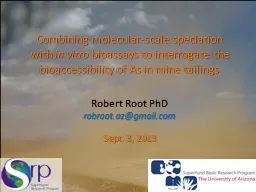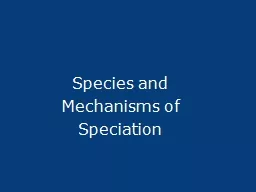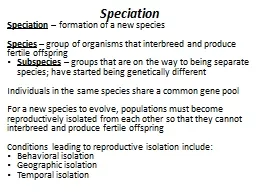PPT-Combining molecular-scale speciation
Author : undialto | Published Date : 2020-06-23
with in vitro bioassays to interrogate the bioaccessibility of As in mine tailings Sept 3 2013 Robert Root PhD robrootazgmailcom 28 August 2013 2 Introduction
Presentation Embed Code
Download Presentation
Download Presentation The PPT/PDF document "Combining molecular-scale speciation" is the property of its rightful owner. Permission is granted to download and print the materials on this website for personal, non-commercial use only, and to display it on your personal computer provided you do not modify the materials and that you retain all copyright notices contained in the materials. By downloading content from our website, you accept the terms of this agreement.
Combining molecular-scale speciation: Transcript
Download Rules Of Document
"Combining molecular-scale speciation"The content belongs to its owner. You may download and print it for personal use, without modification, and keep all copyright notices. By downloading, you agree to these terms.
Related Documents














